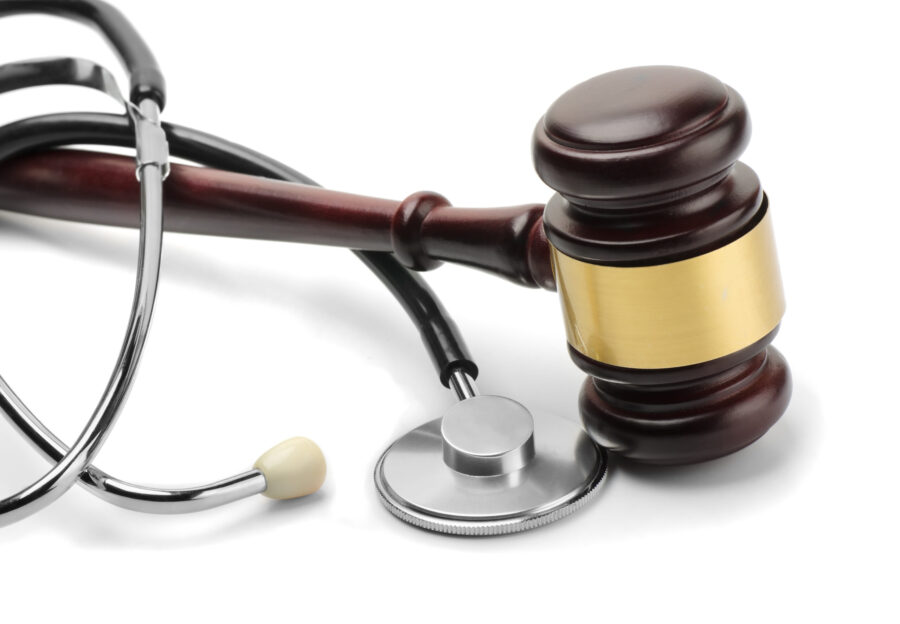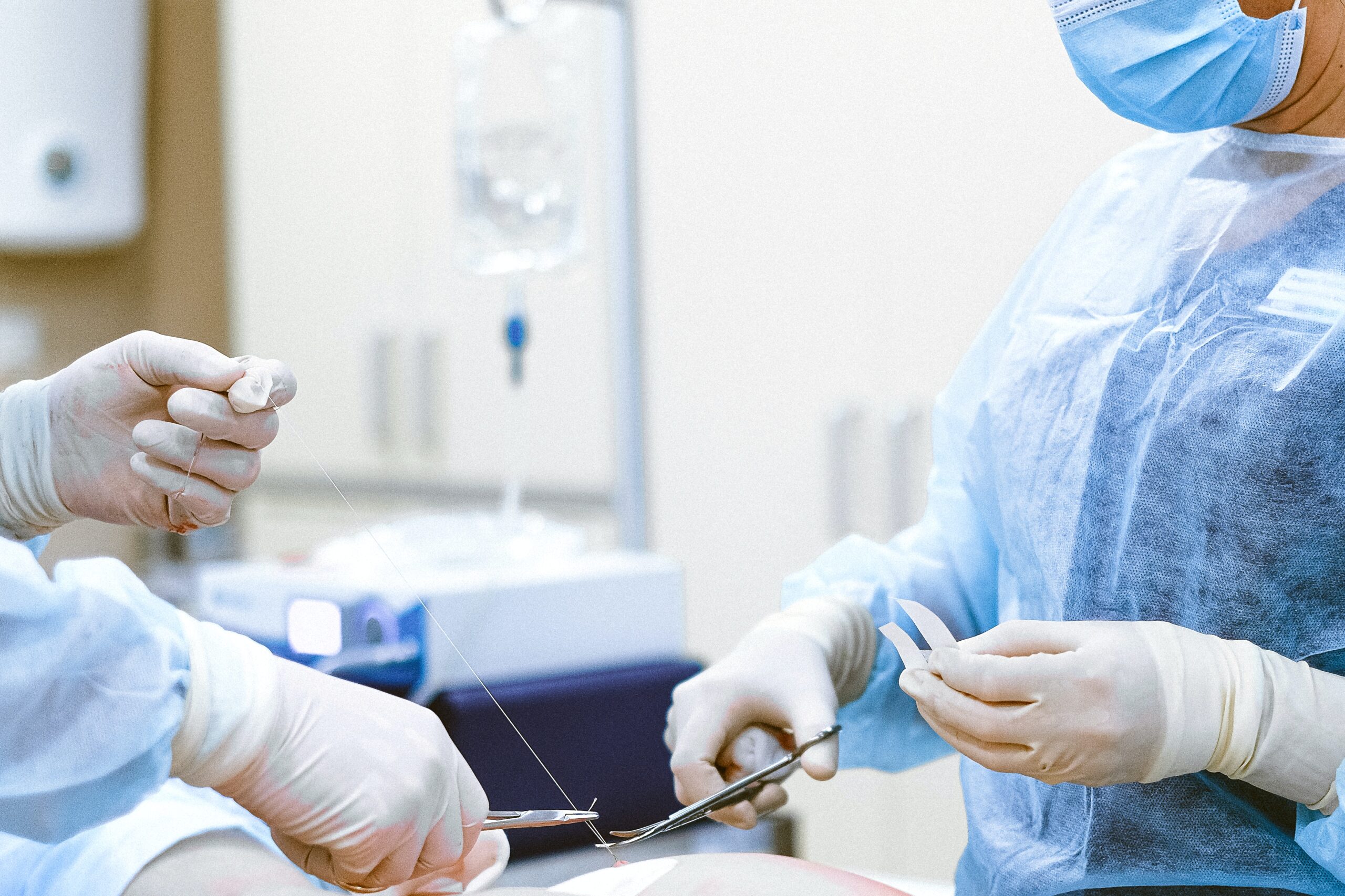
Common Errors in Diagnosis Leading to Medical Malpractice Claims
In the practice of medicine, the diagnosis is often the first and most critical step. It sets the stage for the patient’s treatment, recovery, and, ultimately, wellbeing. However, errors in diagnosis can have catastrophic consequences, leading patients down a perilous path of incorrect treatments or missed opportunities for early intervention. For this reason, accuracy is paramount, and errors can potentially lead to medical malpractice claims.
What Constitutes Medical Malpractice?
Medical malpractice is a legal concept that arises when a healthcare professional falls short of the standard of care in providing medical services, leading to patient harm. The bar for proving medical malpractice is high and requires evidence of a deviation from the standard of care which results in injury to the patient.
Criteria for Successful Claim
For a medical malpractice claim to succeed, the patient must prove four basic elements:
- Existence of a professional patient relationship: The patient must establish that a relationship existed, meaning that they hired the doctor, and the doctor agreed to be hired.
- Breach of duty: The patient must prove that the provider failed to provide care in a manner consistent with a reasonably prudent provider
- Causation: The patient must establish that the provider’s breach led to the injury.
- Damages: The plaintiff must show the type and duration of the injuries suffered, including but not limited to physical injury, pain and suffering, medical expenses, and loss of enjoyment of life.
With these criteria in mind, many diagnosis errors—such as misdiagnosis, delayed diagnosis, and failure to diagnose—can form the crux of a medical malpractice claim.
Common Diagnosis Errors and Their Impact
Diagnosis errors account for a significant number of medical malpractice claims, often with lasting effects on patients’ lives.
Misdiagnosis
Misdiagnosis is when a patient receives a wrong diagnosis. This could involve diagnosing a patient with a condition they do not have or misclassifying their actual condition. For instance, dismissing symptoms of appendicitis as mere indigestion can lead to a catastrophic outcome.
Delayed Diagnosis
A delayed diagnosis occurs when the correct identification of a patient’s condition is made later than it should have been. This can critically affect diseases like cancer where early detection is the key to effective treatment.
Failure to Diagnose
In cases of failure to diagnose, a patient’s symptoms are either missed entirely or not linked to an underlying health condition, which can have severe, potentially fatal consequences. For example, undiagnosed meningitis can lead to permanent brain damage or death.
Diagnostic errors can stem from various causes, including but not limited to, a lack of knowledge, communication breakdowns, and systemic issues within healthcare facilities.
Identifying the Root Causes of Medical Malpractice
To address and prevent errors in diagnosis, understanding their root causes is imperative.
Lack of Knowledge
The practice of medicine is consistently evolving. The standard of care requires providers to keep apprised of advances in medicine, including the signs and symptoms that are related to a condition that falls within their practice. A provider’s failure to keep apprised of this information can lead to an inadequate work-up and diagnosis of the patient’s condition.
Communication Breakdowns
Frequently, a team of healthcare providers works together to take care of the patient. Inadequate communication between providers can lead to a failure to take action, including the work-up and diagnosis of the patient’s condition. Misinterpretation of patient symptoms and unclear reporting can snowball into misdiagnoses and treatment delays.
Systemic Issues
Healthcare systems are complex. Overcrowded emergency rooms, understaffing, and overworked providers can all contribute to an environment that increases the risk of misdiagnosis.
Proactive Measures to Prevent Errors
Preventing diagnosis errors requires a multi-faceted, proactive approach.
Thorough History and Examination
The foundation of diagnostics is patient information. A comprehensive patient history, combined with a thorough physical examination, forms a robust basis for correct diagnoses.
Technology’s Role
Advancements in medical technology, from imaging to diagnostic tools, aid healthcare professionals in making more accurate assessments.
Enhanced Communication
Improved collaboration and technology-assisted reporting can bridge the communication gap among healthcare team members, leading to more accurate diagnoses.
Navigating Legal Landscape: Medical Malpractice Claims
If you’re a Roanoke resident and suspect that an error in diagnosis has harmed you, seeking legal representation is critical to understanding your legal rights.
Initiating Medical Malpractice Legal Action
Taking the first steps toward a medical malpractice claim can be daunting. Gathering evidence, assessing the medical issues, and consulting are critical early steps.
Legal Advisor’s Role
A seasoned medical malpractice lawyer can guide you through the intricacies of the legal process, assess the strength of your claim, and advocate on your behalf.
Patient Rights in Medical Malpractice
Understanding your rights as a patient in the context of medical malpractice empowers you to take appropriate action when you receive substandard care.
The Verdict on Diagnosis and Medical Malpractice
The consequences of diagnosis errors can irreparably affect a patient’s life. By pursuing cases that involve unreasonable diagnostic errors, we not only safeguard our client’s health but also seek to promote a healthcare system that values patient safety.
The Law Firm of Strickland, Diviney & Segura recognizes the complexities of medical malpractice cases. While located in Roanoke, Virginia we have handled medical malpractice cases throughout many venues across the Commonwealth. If you believe you have suffered from medical malpractice, contact us at (540) 982-7787 for a compassionate and thorough consultation.
Ensuring healthcare providers and systems are held accountable for their actions—or lack thereof—is not just about seeking retribution. It is about setting an example that every patient deserves the right to accurate diagnosis, timely treatment, and a life free from preventable harm.






